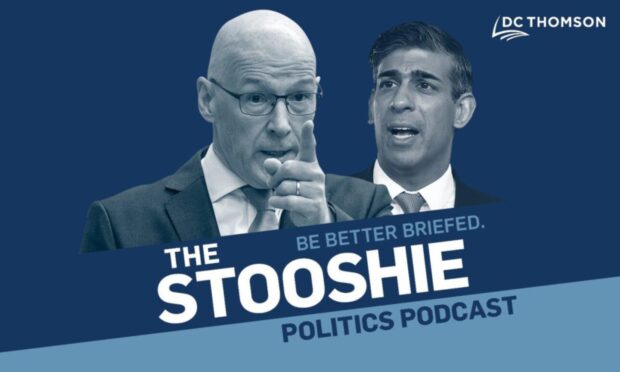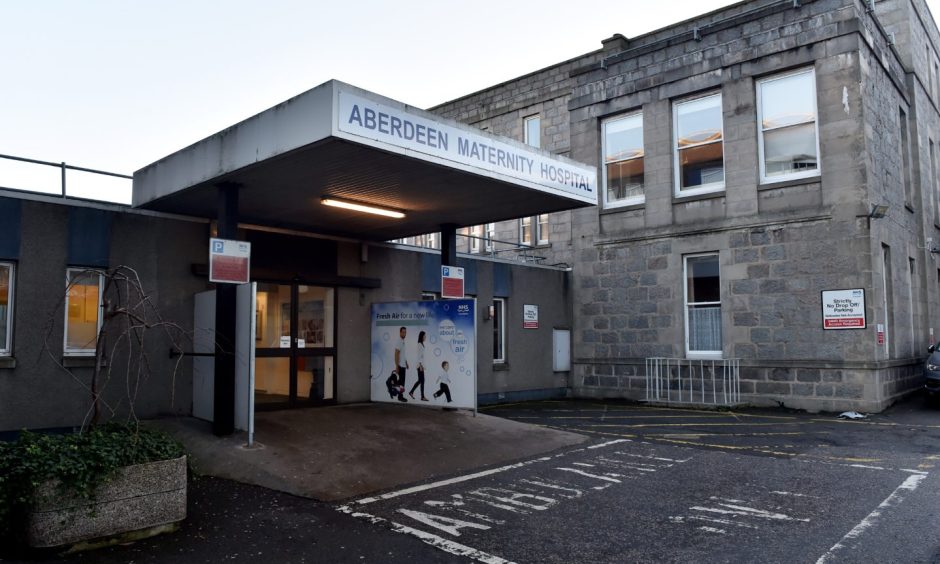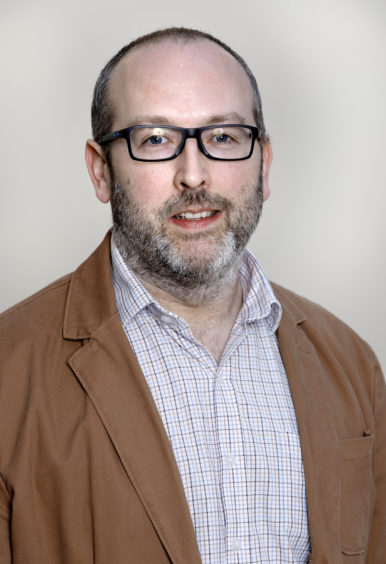A senior doctor in Aberdeen says patients must not be “hoodwinked” into seeing new “physician associates” in place of fully qualified medical professionals.
Simon Barker, who works in NHS Grampian, told our Stooshie politics podcast about wider concerns with “mission creep” in the over-burdened health service.
He explained concerns around the growing use of the associates, who are often in place with general science backgrounds and two years training.
The podcast follows a report in the P&J last week on NHS recruitment for a physician associate at Aberdeen maternity hospital.
The £46,000 a year role is based at the neonatal unit where babies requiring medical intervention are cared for.
British Medical Association concerns
Dr Barker, of the British Medical Association, says PAs are effective in the role they were designed for, but a lack of boundaries is cause for concern.
“There are lots of things where it’s appropriate for a PA to help you,” he says.
“But if it’s a complicated problem or you think you are seeing a doctor, then you really ought to be seeing a doctor.
“It’s not fair to expect people to be sort of hoodwinked into something else.”
Dr Barker, a consultant orthopaedic children’s surgeon, says a tighter definition of the role will help doctors and associates.
The BMA has written to the Scottish Parliament with its concerns.
At present, the lack of boundaries is blurring the lines.
The role of PA is “not a bad one” but there must be boundaries like all other medical professionals, Dr Barker says.
Aberdeen University is one of a handful of universities offering the post-graduate course, but the increasing use of PAs across the UK has proved controversial.
NHS Grampian has defended the recent job advert, saying they are a “long-standing” part of their workforce.



Conversation